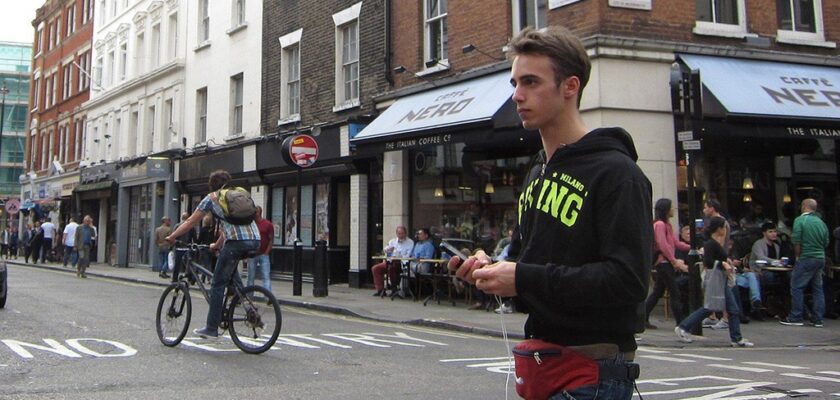Soho
Soho is a neighborhood in the central West End of London, known for its many stores and entertainment venues. The northern side of Soho adjoins Oxford Street, while the southern side neighbors Piccadilly Square. The neighborhood is bordered by Regent Street to the west and Charing Cross Road to the east.
.The haven of London’s bohemians, the cradle of beat culture, a neighborhood with an ambiguous reputation that every British resident visits from time to time – this is legendary Soho. The bustling and incredibly colorful place will be interesting first of all for those who are ready to see a different London: devoid of the notorious respectability, rambunctious and carefree, sometimes dysfunctional, but always attractive.
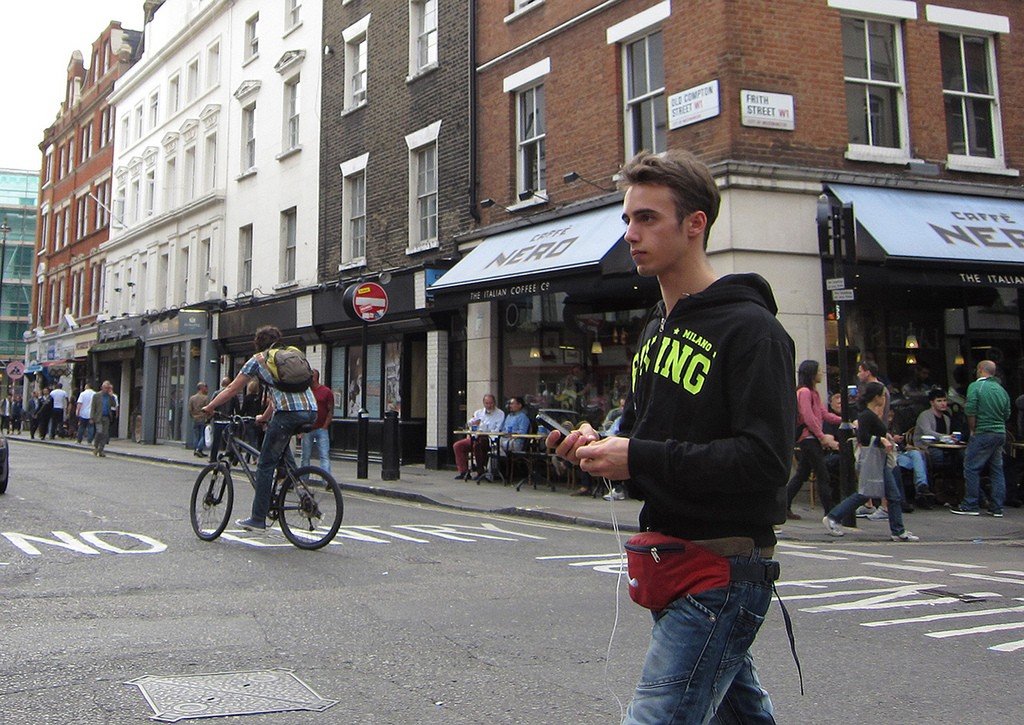
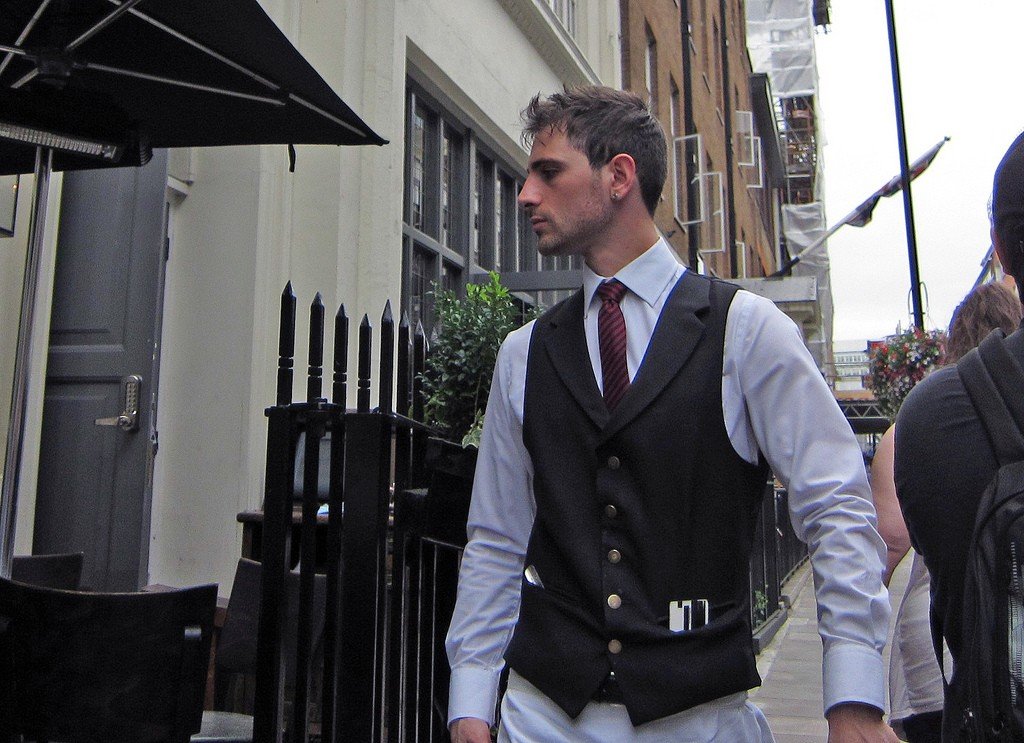
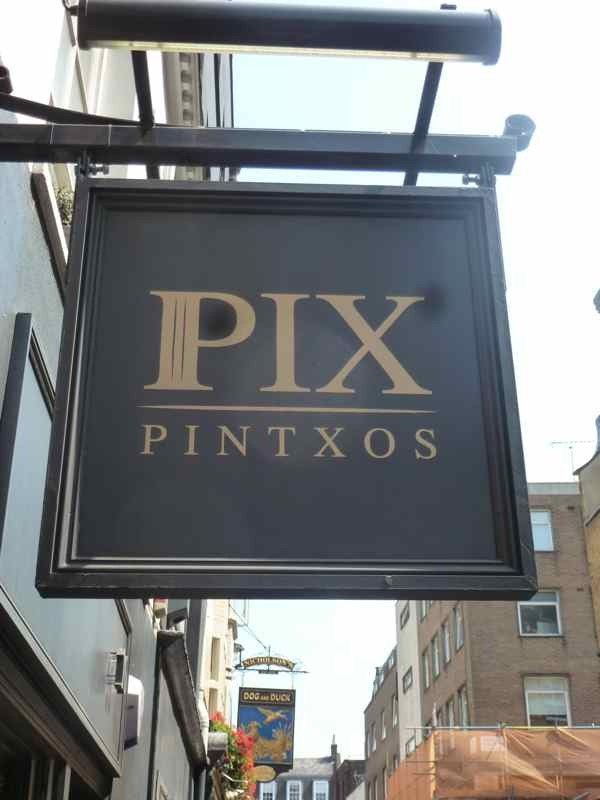
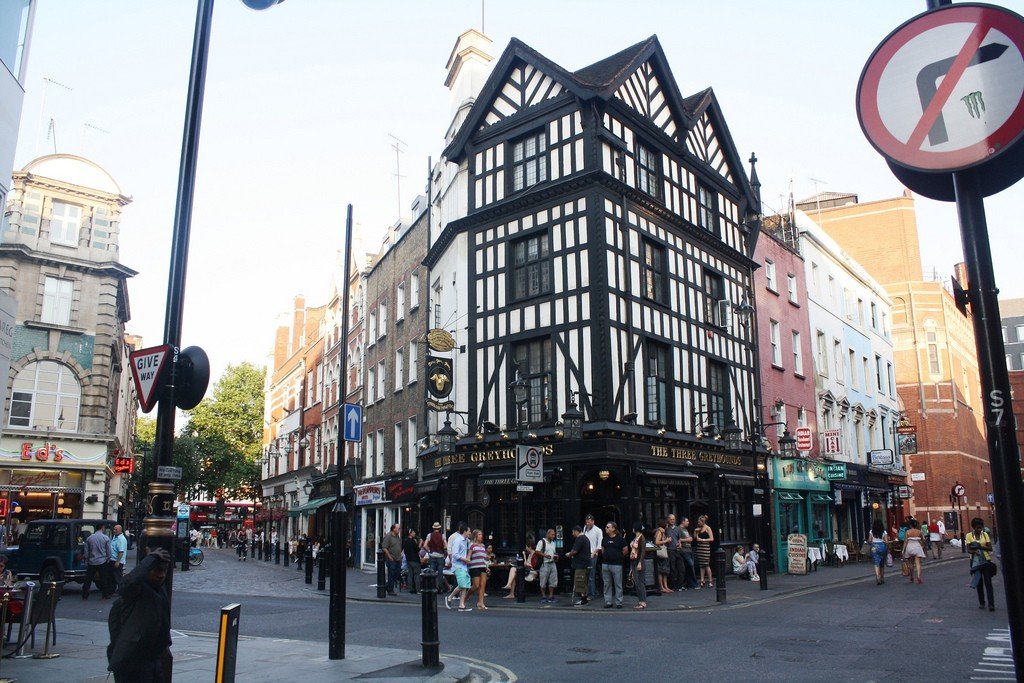
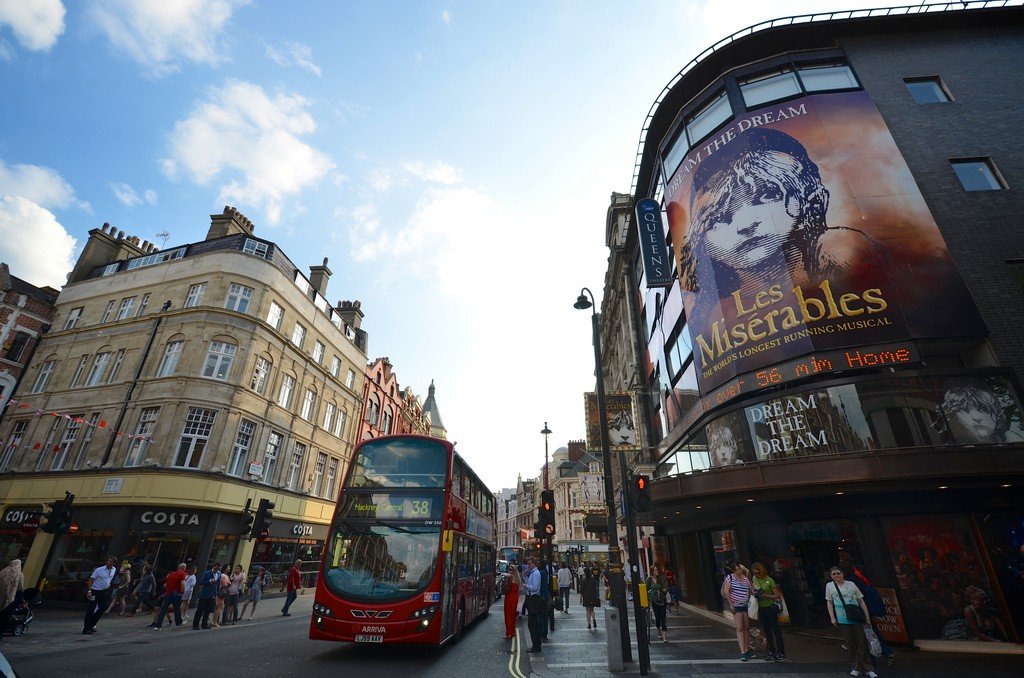
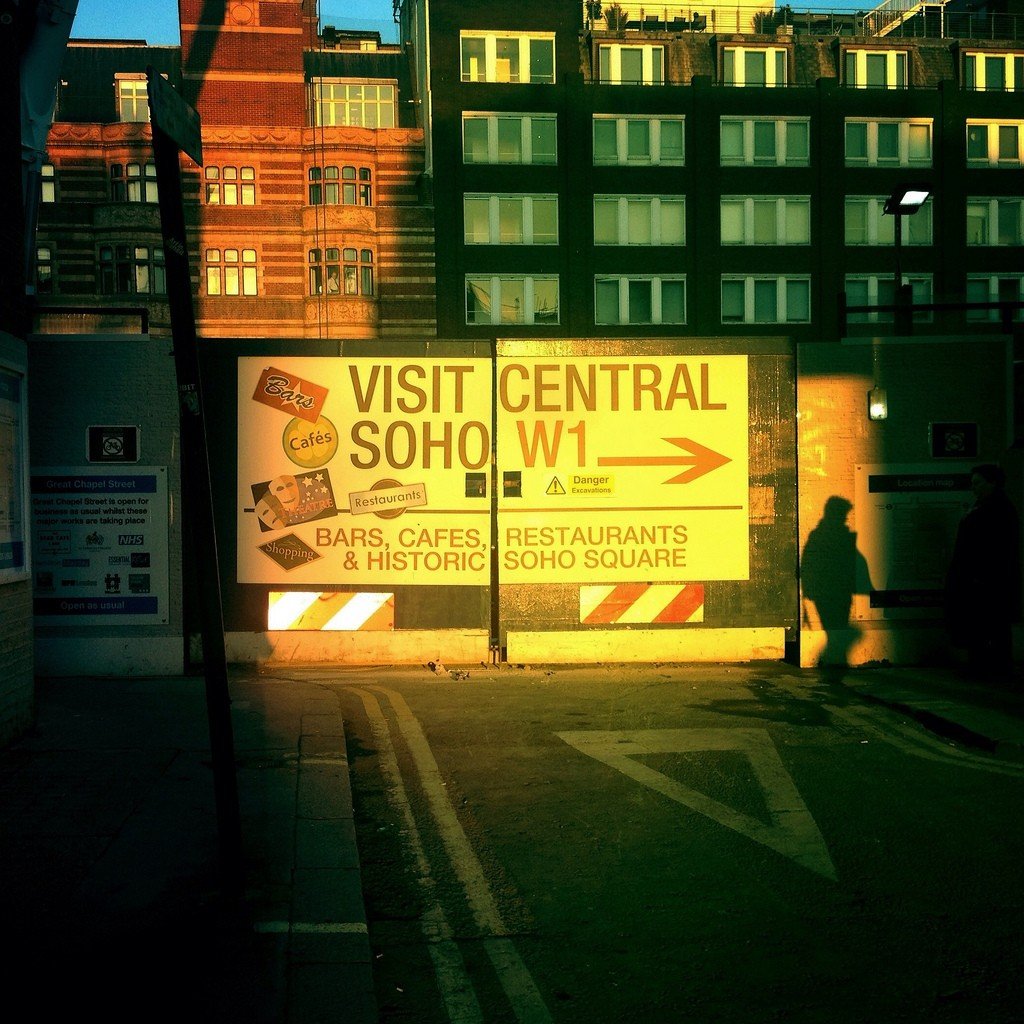
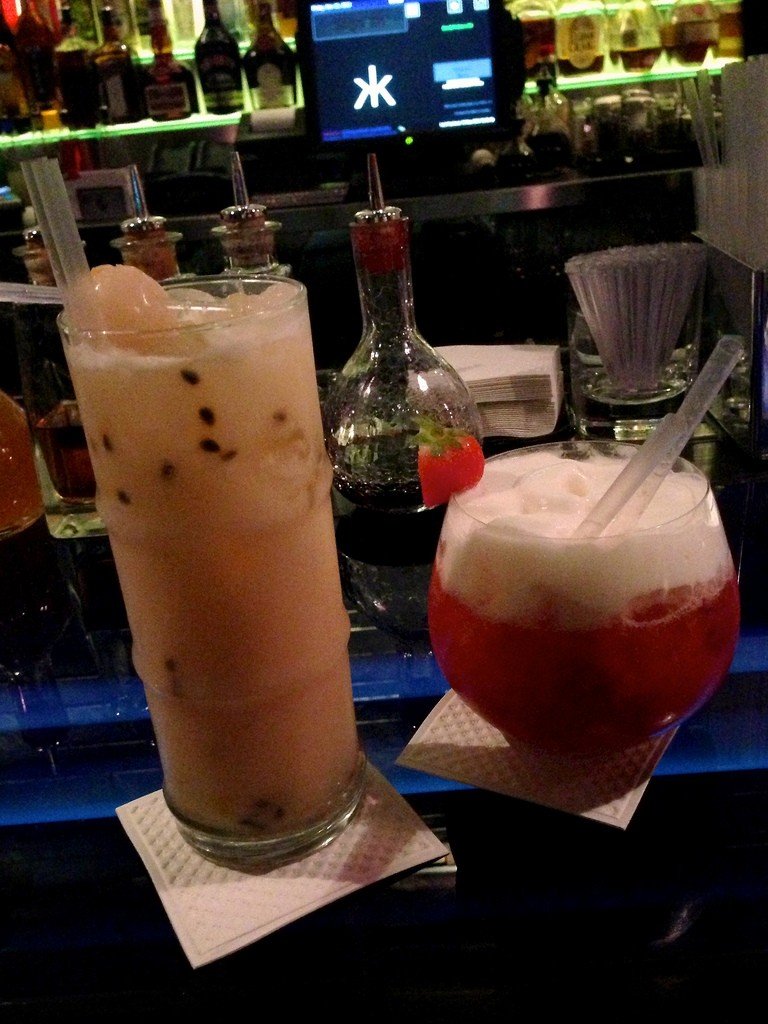
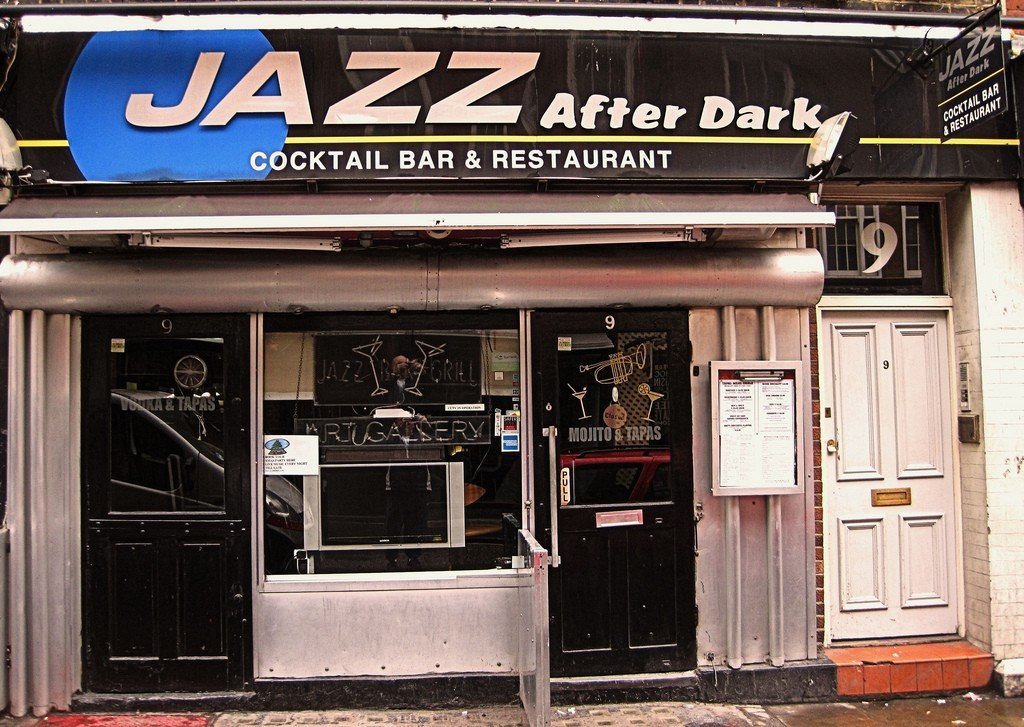
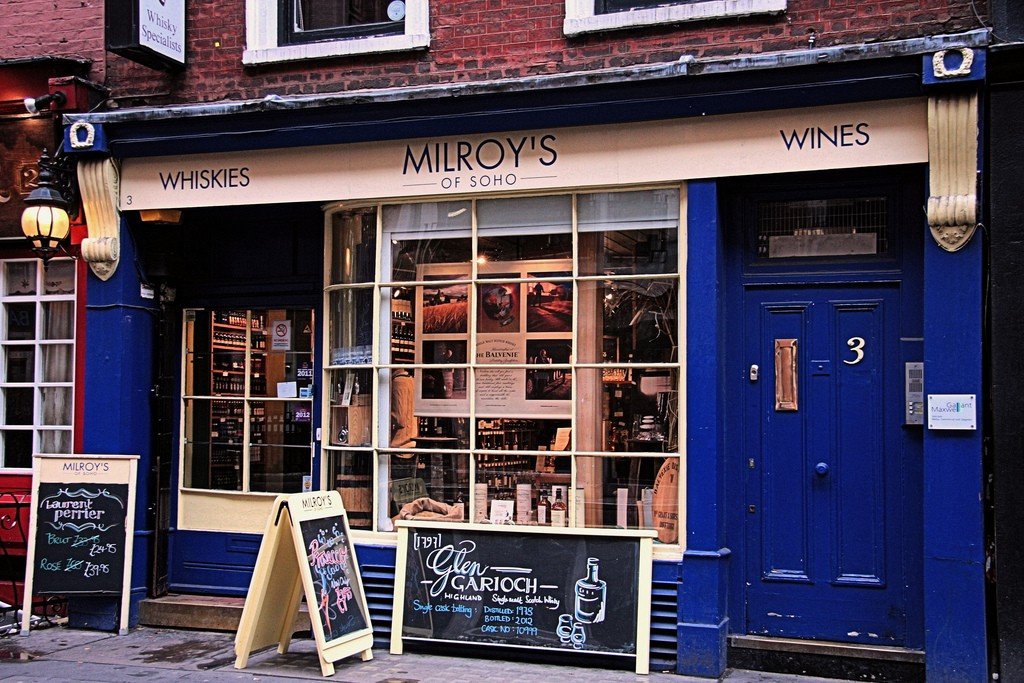
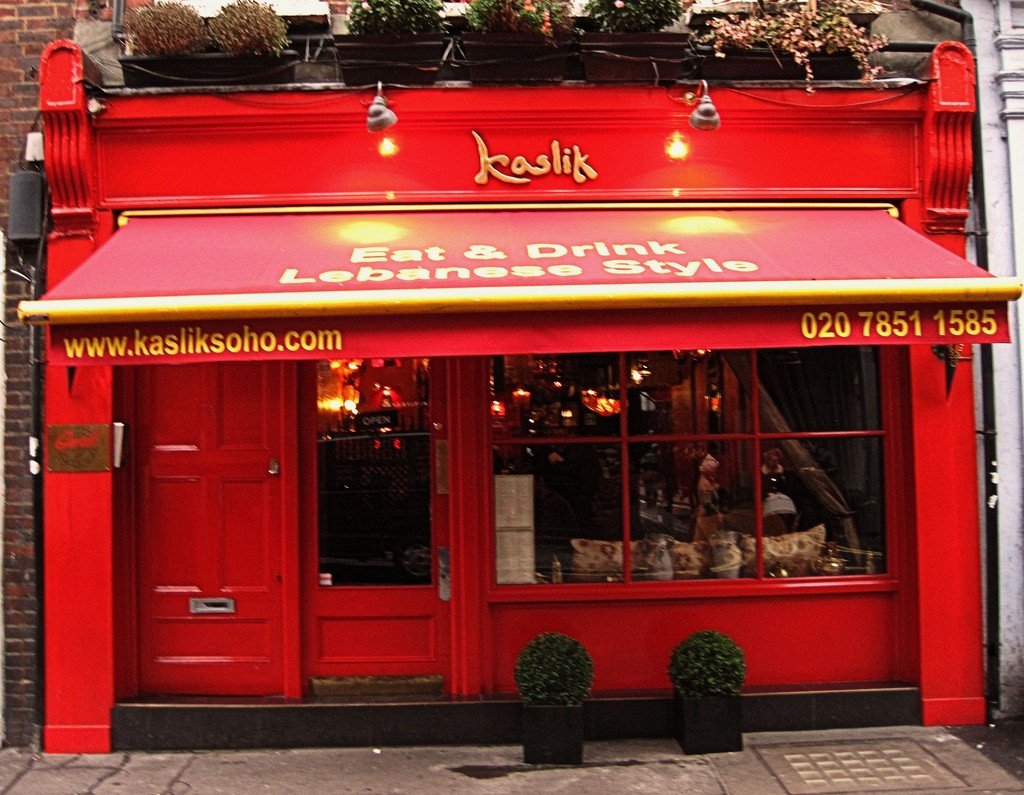
History of the Soho neighborhood
In time immemorial, the site of modern Soho was the site of an English village. In 1536, King Henry VIII ordered a hunting park to be built on this land. Thus began the history of the new London neighborhood. By the way, the origin of the name of the neighborhood is associated with the hunting cry “so-ho”, issued by the hunters of game during the hunt.
.
By the nineteenth century, Soho had finally gained the status of London’s slums. The few wealthy families were leaving the area in a hurry, preferring to settle in quieter, more status-oriented places like Mayfair, Bloomsbury and Marylebone. As a result, the neighborhood was filled with immigrants, representatives of the oldest profession, Jews, unrecognized artists – in general, all those who did not fit into the prosperous image of other London districts. It is not hard to imagine that the standard of living of the local inhabitants was little different from that of the poor. Moreover, due to widespread unsanitary conditions and oversight of the city authorities in Soho there were periodic outbreaks of cholera, the largest of which killed 14,000 people.
.
In the early 20th century, the neighborhood suddenly became popular with London’s bohemians. Cheap cafes and pubs began to open in Soho, with musicians, artists and philosophers becoming regulars. The inhabitants of the Foggy Albion’s fascination with jazz also contributed to the development of the district: the streets of Soho district were filled with all kinds of jazz clubs, where day and night did not fall silent unfamiliar musical rhythms.
.Since the late 50’s, the city was gaining momentum in the revolutionary current, which would later be labeled “swinging London”. The first to fall under the wave of cultural “fever” was Soho. The hitherto unknown street Carnaby Street turned into a center of youth fashion. The neighborhood was filled with boutiques where independent designers showed their alternative collections. The rebellious and sometimes downright crazy creations of local couturiers were followed by real queues. The Rolling Stones were performing in Soho clubs at the same time.
.
Soho today
Even after half a century, Soho has not lost its status as a shopping and entertainment district with a diverse population. Pubs, restaurants, boutiques – the plethora of entertainment venues here dazzles the most discerning imagination. If for some reason you were unable to visit the Red Light District in Amsterdam or, climbing up to Montmartre in Paris, inadvertently forgot about the Place Pigalle, you can catch up in London’s Soho. There are plenty of sex shops, brothels, and massage parlors, under the signs of which hide underground brothels.
.The residents of the Foggy Albion love Soho for its bustling nightlife and numerous bars with inexpensive booze. On weekends on the streets of the quarter party not only informals and representatives of local bohemians, but also “white collars” who came here from different parts of London.
.
Despite the free (and sometimes downright criminal) lifestyle of the locals, you should not be afraid of Soho. The streets are constantly patrolled by police squads, so the risk of getting into a serious conflict is extremely low. However, it is better to take a few precautions. For example, minimize communication with local beggars and followers of Rastafarianism. If the purpose of the trip is to get acquainted with the nightlife of the quarter, do not go too far from the center of Soho and look into establishments with a dubious reputation.
.Soho Sights
Soho is a neighborhood known primarily as London’s hangout spot. People come here to take a break from their workdays, walk through the hot spots and just sit with friends in one of the many pubs. From a tourist point of view, there are very few sights here, but there are some interesting places. For example, if you want to try Chinese cuisine, you can walk to Chinatown, which occupies the southern part of Soho. Old Compton Street is home to the gay quarter, filled with entertainment venues for sexual minorities. The best option for walking and leisurely shopping is Carnaby Street. The famous boutiques from the 60s, which blew up the fashion world of London with their grotesque things, are no longer here, but there are still enough stores of famous brands. Movie buffs can walk to Wardour Street; it’s where several movie companies, notably Warner Brothers, have their offices.
.
Interesting fact: since 1997, unusual sculptural elements depicting human noses have been appearing in various parts of Soho. It turned out that the funny figures are the work of a local resident, Rick Buckley. In this way, the artist reacted to the intention of the local authorities to monitor the lives of citizens with the help of CCTV cameras. By the time the information was made public, only 7 sculptures had survived in the neighborhood. The citizen’s protest was immediately turned into an urban legend, according to which a visitor to the neighborhood must find all 7 noses to become the favorite of good luck.
.How to get there
London’s most fun and tolerant neighborhood is best reached by tube. You can experience modern Soho life by getting off at Leicester Square, Piccadilly Circus, Tottenham Court Road and Oxford Circus stations.
